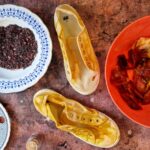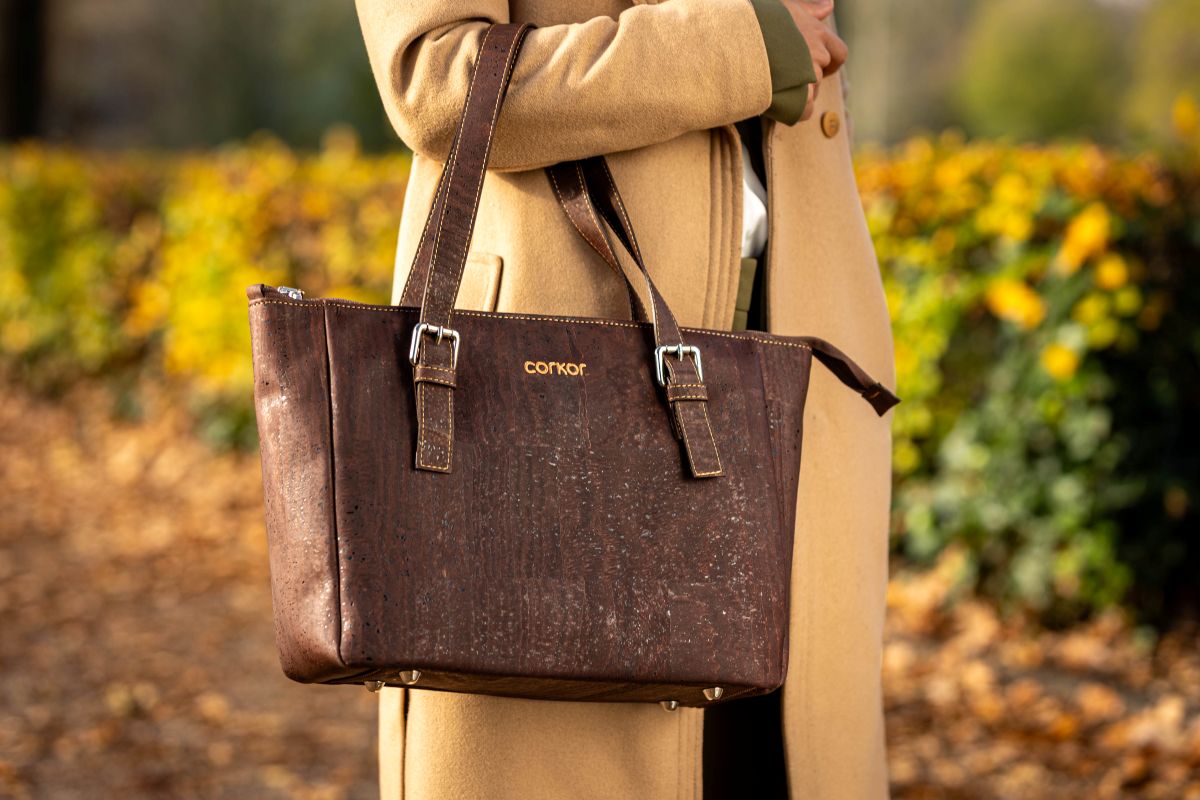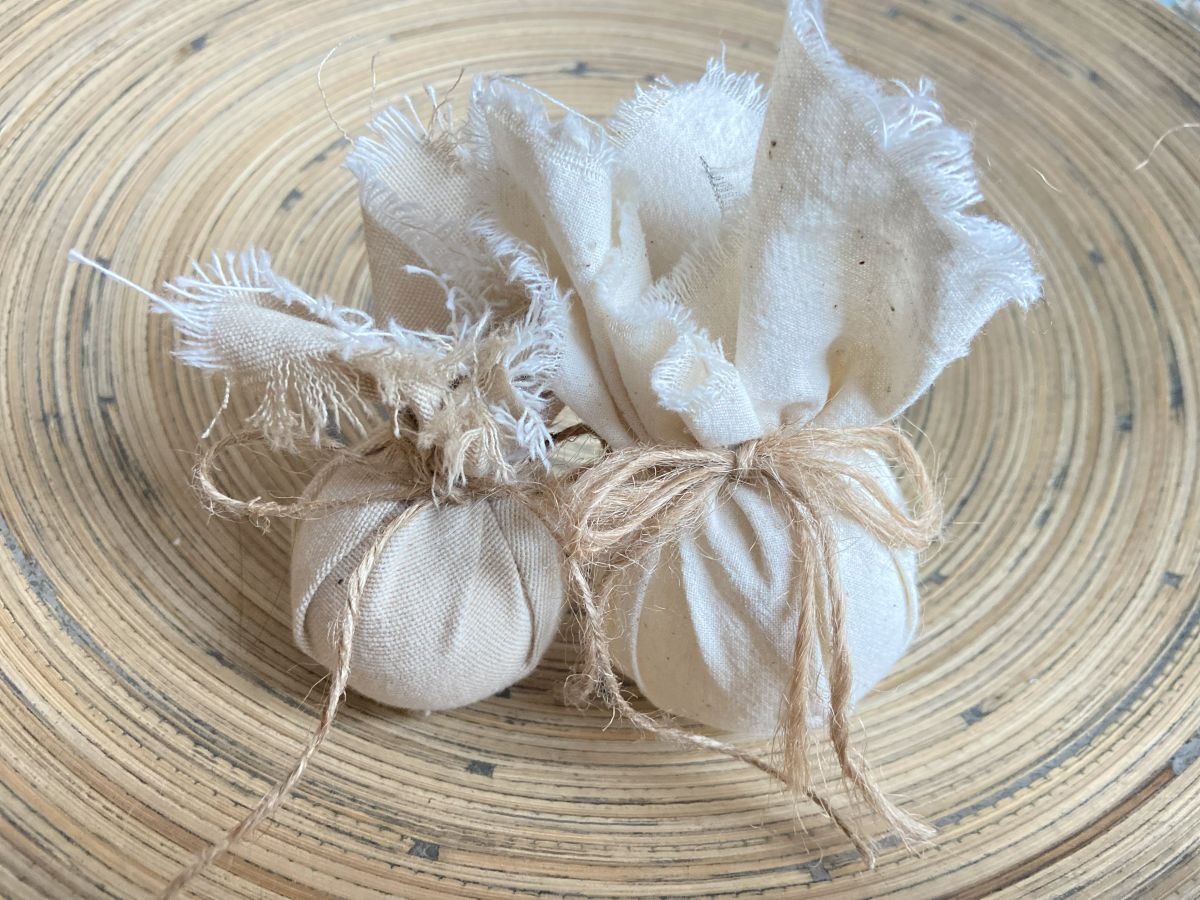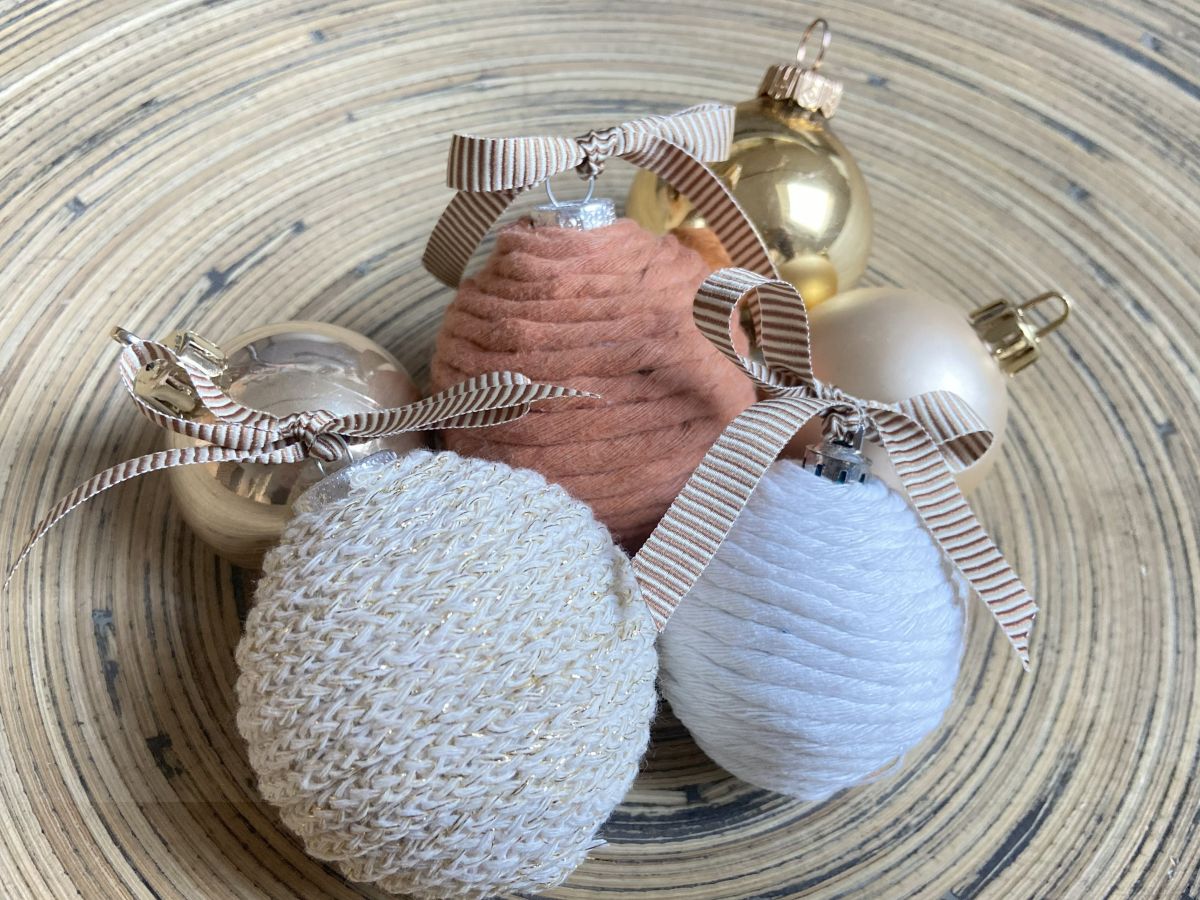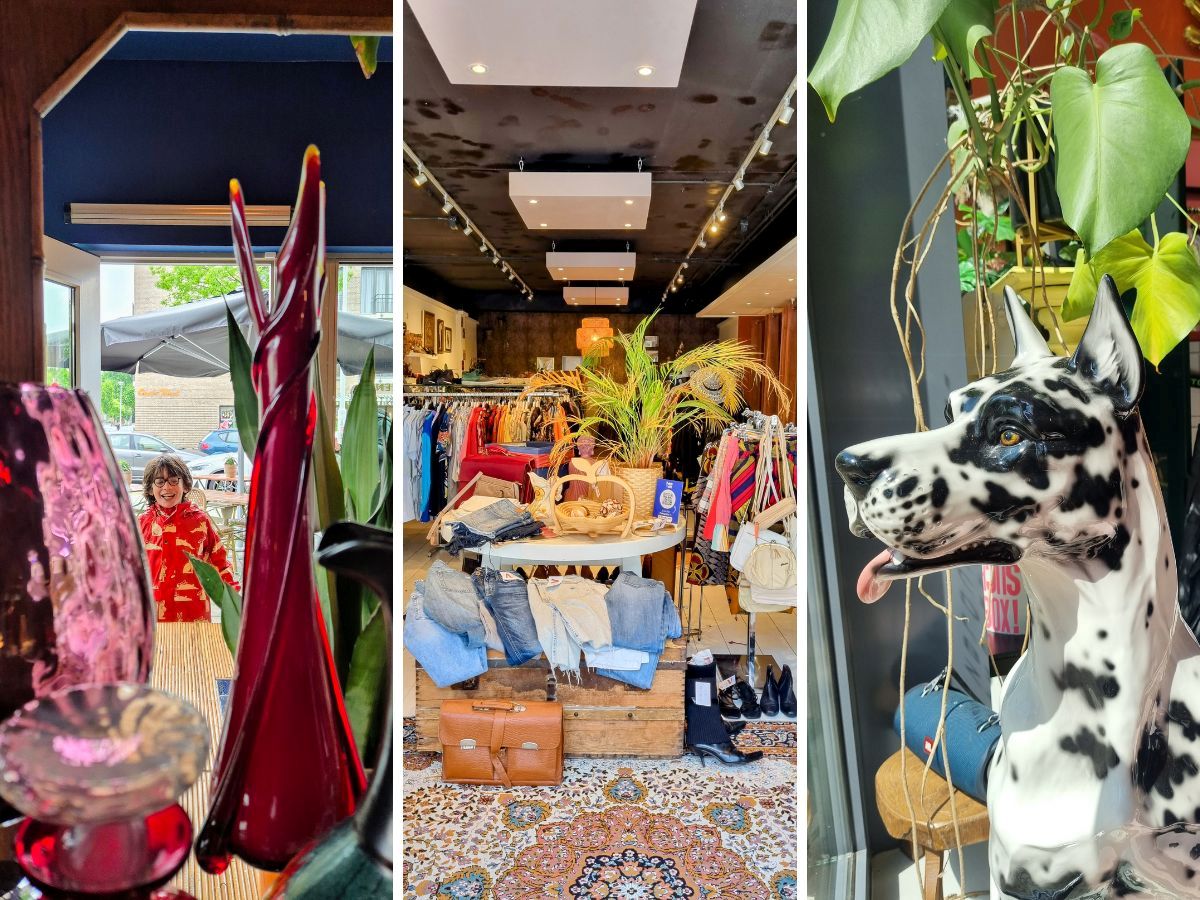At thegreenlist.nl we want to know everything about the upcycle of clothes, so also about dyeing your own clothes. Not with chemical junk from a packet, of course. No, we actually want to learn to make the dye ourselves based on natural ingredients. Natural dye specialist Roua Alhalabi therefore shares her easiest recipe for dyeing clothes yourself.
Ancient technique: dyeing your own clothes with natural ingredients
Previously, we visited Roua's studio (read more about this visit here) and then we learnt that dyeing clothes with natural materials is an age-old technique that is better for our planet and also creates beautiful colours. She uses natural ingredients such as pine cones, onion skins, avocado seeds, nettles, turmeric and more to give clothes a new look to give. Roua learned this technique from her grandmother in Syria where she grew up.
Not all recipes and techniques are suitable for ‘just’ trying out for yourself - of course, you can attend a workshop with her -, but she has a simple basic recipe that is quite suitable to do at home. Cool!


Get started with a recipe to dye your own clothes with natural pigments. Got curious? We attended three short workshops at Roua and we made videos of them. video 1: dyeing trainers yellow with onion peelings: video 2: trousers dyed blue with indigo, video 3: dyeing a recycled shirt.
Which clothes are suitable for natural dye?
Roua: ‘You get the best results with cotton and wool,’ she explains. ‘It is a misunderstanding that you could not dye synthetic fabrics, such as polyester and polyamide. You can, but the result will be lighter. The most difficult fabric to dye is linen. If you are doing this DIY for the first time, my advice is to start with a simple (light-coloured) cotton garment. The clothes don't have to be completely white; you can also dye coloured clothes just fine. That can actually create a cool effect, just like clothes that already have ‘ugly’ stains in them.’
Recipe to dye your own clothes with natural dye
Tools
- deep pan
- spatula for stirring
- thermometer
- 32-40 gr aluminium powder
- bottle of vinegar
- 12-20 gr powdered natural pigments (on sale in Roua's webshop, among others)
Instructions
Preparing (garment pre-treatment)
- Bring a pan with 3 litres of water to the boil and remove it from the heat as soon as it boils.
- Add aluminium powder (for 1 T-shirt you will need about 32g and for a pair of trousers you will need about 40g).
- Put the garment in the pan with hot water. Make sure the garment gets completely wet.
- Leave it like this overnight, about 12 hours, at least.
- Remove the garment from the pan (do not rinse!)
- This treatment is important so that the pigments will later soak in better.
Basic clothing dyeing recipe
- Put the pigment powder in a large pan with water. Heat this to 80-90°C. Important: the water should not get hotter, otherwise the garment may shrink. Wool should absolutely not get hotter than 55°C.
- Put the (still wet) garment in the pan and leave it for 1 hour. Every 10 minutes, stir the garment with the spatula to allow the garment to absorb the colour evenly. Keep the temperature even on low heat. Cotton and linen should be kept at 60-70°C. Do not let wool get hotter than 40-50°C.
- After about 1 hour, the pigments are well absorbed and you can start pouring it off.
- Clean the pan for the final step.
Garment fixation
- Rinse the garment with cold water.
- Fill the pan with 1 litre of cold water and 1.5 litres of natural vinegar. If you need more or less, these will remain the proportions.
- Soak the garment for three hours to allow the colours to soak in properly.
- Wash the garment separately in the washing machine at 30°C. Use ecological detergent. Do not tumble dry the garment.
- After this, your garment is ready to be worn. It will no longer shed in the wash. To be sure, you can wash it a few more times separately.
Notes
Get started with a no buy clothing style
Besides dyeing clothes, we have many more ideas to breathe new life into clothes hanging unworn in the closet. We'll get you started with the No Buy Fashion Guide. Over a hundred pages of cool ideas on how to look nice without even buying anything. Nothing. Nope. Nada. Not even second-hand! For 9.50 euros you will have it delivered straight to your inbox and thus on your tablet or mobile phone!
Will you also join this fun community? Read this guide too and discover lots of original ideas. Because so many cool clothes are already out there! Order the No Buy Fashion Guide from our webshop!
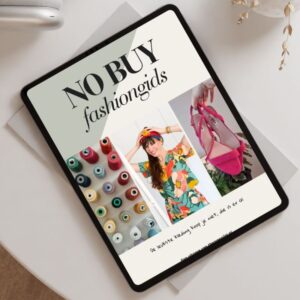
More sustainable tips from thegreenlist.nl
- Also check out this fun outing: A wild-picking walk in Amsterdam!
- Also fun to organise: A clothing exchange!
Photo credits: thegreenlist.nl.



